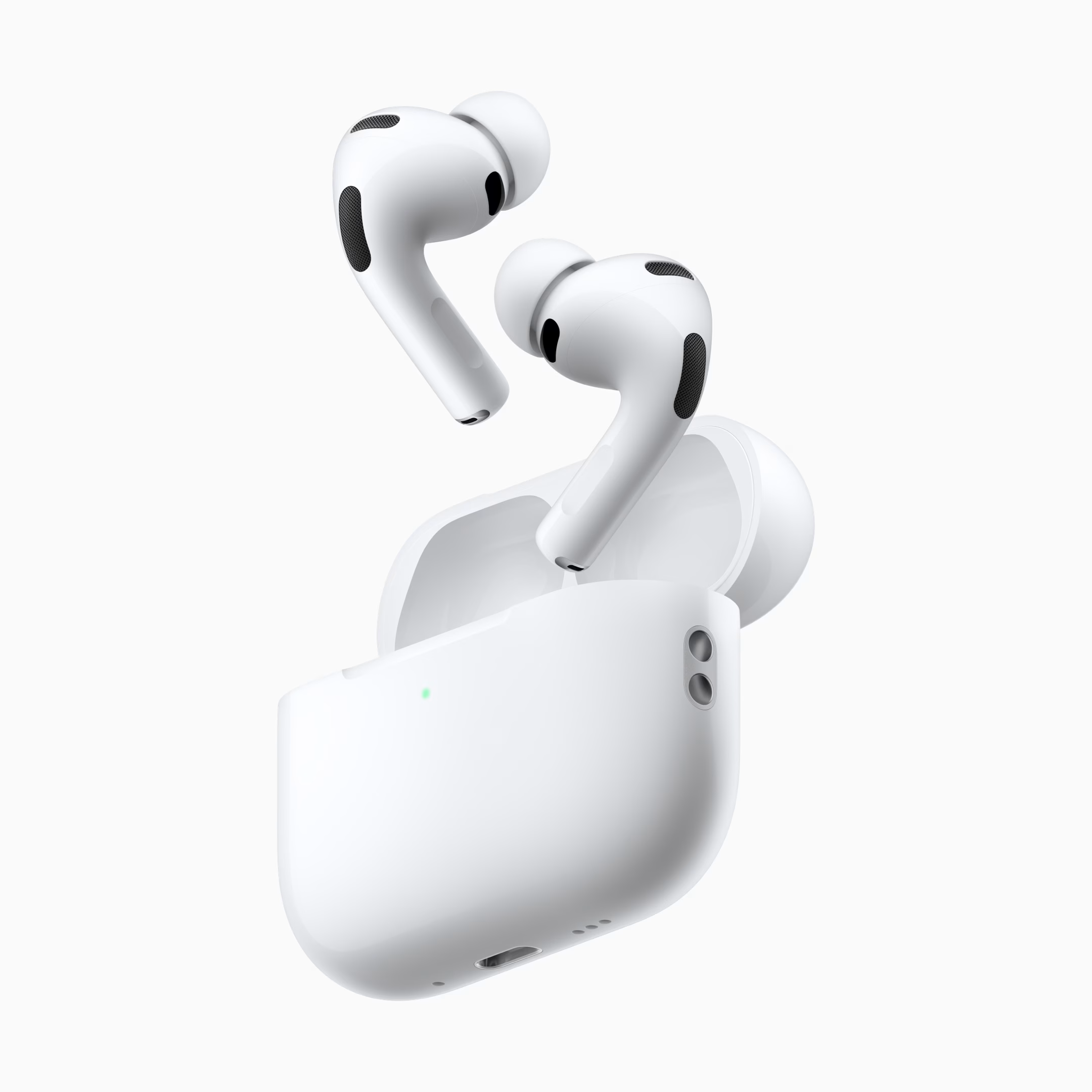AirPods Pro 3 Arrive Without Included Charging Cable
Apple has officially launched its latest flagship wireless earbuds, the AirPods Pro 3, at its recent 'Awe Dropping' event. While the new earbuds boast several upgrades, including enhanced noise cancellation and heart rate sensing, a notable change in the retail packaging has emerged: the USB-C charging cable is no longer included. This move, while perhaps not entirely surprising given Apple's recent product strategies, marks a continuation of a trend that began with earlier AirPods models.
The AirPods Pro 3 are now available for pre-order, with shipping set to commence on September 19th. For those eagerly awaiting their new audio companions, the immediate observation upon unboxing might be a lighter package. This isn't due to any revolutionary material science, but rather the deliberate omission of the USB-C charging cable.
What's Inside the Box (and What's Not)
According to Apple's official tech specifications page for the AirPods Pro 3, the contents of the box are as follows:
- AirPods Pro 3
- MagSafe Charging Case (USB-C) with speaker and lanyard loop
- Silicone ear tips (available in five sizes: XXS, XS, S, M, L)
- Documentation
Notably absent from this list is any mention of a charging cable or a power adapter. Apple's online store explicitly states, "AirPods Pro 3 do not include a USB‑C Charge Cable or power adapter." The company encourages users to utilize any compatible USB-C charging cable they may already own, while also noting that new Apple-branded cables and adapters are available for purchase separately.
This decision mirrors Apple's approach with the AirPods 4 and AirPods 4 with ANC, which also omitted charging cables from their packaging upon their release last year. However, it's worth noting that this trend appears to be confined to Apple's wireless earbuds. The AirPods Max, for instance, which were updated with a USB-C port last year, still ship with a charging cable included.
A Familiar Strategy: Cost-Cutting or Environmental Consciousness?
Apple has a history of removing bundled accessories, most famously ceasing the inclusion of power adapters with iPhones starting in 2020. The company has cited environmental benefits and a desire to reduce electronic waste as primary drivers for these decisions. By not including cables or chargers, Apple aims to reduce the overall size of product packaging, leading to fewer shipments and, consequently, a smaller carbon footprint.
However, the continued omission of a charging cable with the AirPods Pro 3, which retail at the same $249 price point as their predecessors, the AirPods Pro 2, has inevitably sparked discussions about cost-saving measures. While the environmental argument holds weight, consumers are left to either reuse existing cables or purchase new ones, adding an extra cost if they don't already have compatible USB-C accessories.
Charging Flexibility and Future Implications
Despite the absence of an included cable, the AirPods Pro 3 offer considerable charging flexibility. The USB-C port on the MagSafe charging case means users can leverage a wide array of existing USB-C cables. Furthermore, the case itself supports multiple charging methods: MagSafe wireless charging, the Apple Watch puck charger, and standard Qi-certified wireless chargers. This ensures that users who have already invested in the Apple ecosystem will likely have a convenient way to power up their new earbuds.
The decision to exclude charging cables from the AirPods Pro 3 packaging is a clear signal of Apple's ongoing strategy. It suggests that this will likely be the standard for future wireless earbud releases from the company. While some consumers may find it inconvenient, it aligns with a broader industry trend towards reducing packaging waste and encouraging the reuse of existing accessories.
The AirPods Pro 3 themselves are packed with new features, including an improved acoustic seal, advanced heart rate sensing capabilities, extended battery life, and a notable improvement in active noise cancellation (ANC) performance, reportedly twice as effective as the previous generation. These advancements, coupled with the USB-C charging case, position the AirPods Pro 3 as a significant update in Apple's audio lineup. The company is also rumored to be planning a phased launch, with a potentially more advanced and pricier model slated for release next year, further underscoring the evolving nature of their product strategies.
